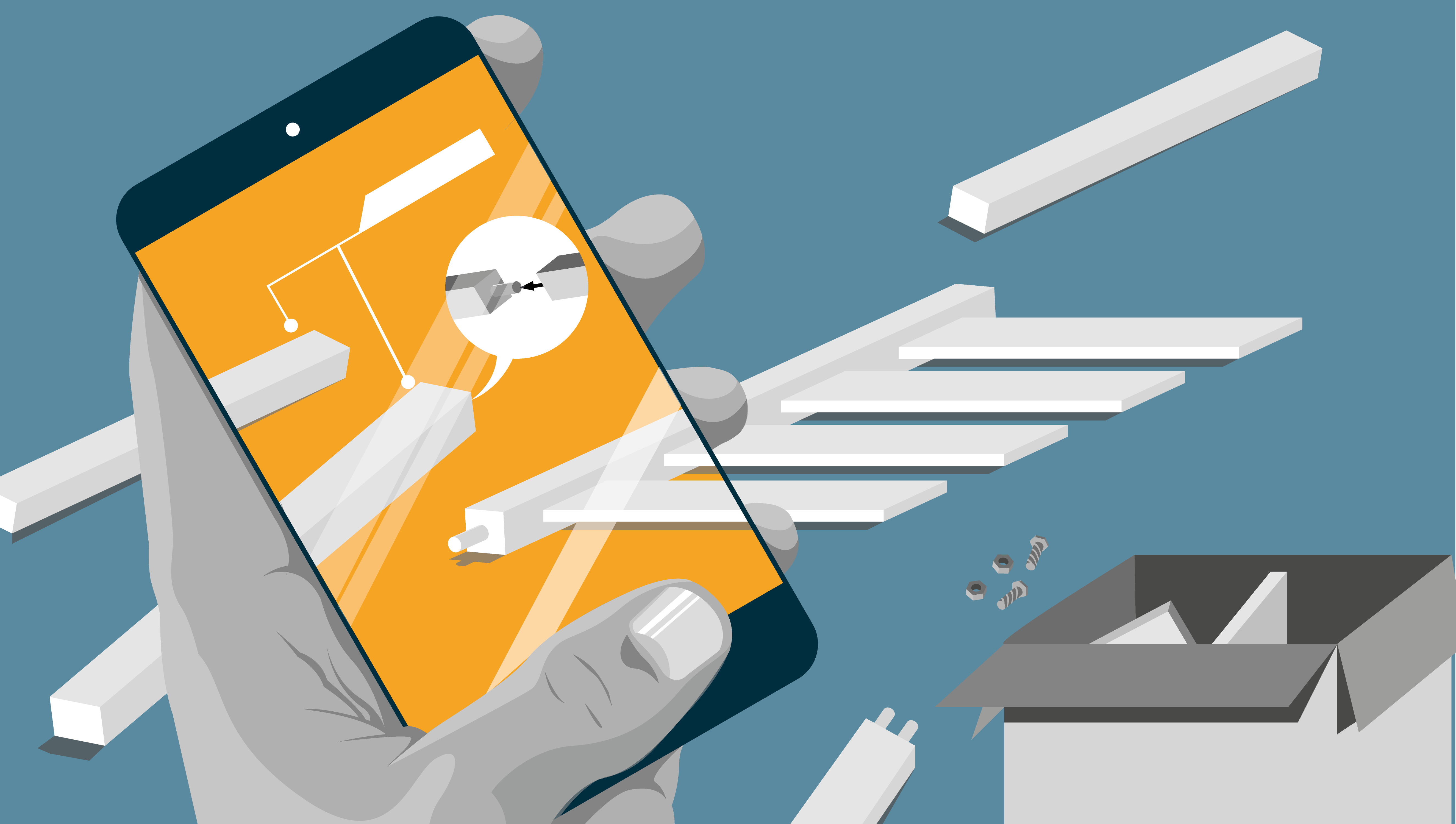Augmented Retail: Beyond Physical Limitations
The way that we shop has been drastically altered by the advent of ecommerce, but despite the many benefits that online shopping offers, there are still brick and mortar stores everywhere that you look.
This does not represent some luddite fringe who are scared of computers or even a generational issue, there is an experience being provided in physical stores that cannot be matched by any online product, and that experience is what has kept the retail industry alive in its current hybrid form. Still, there can be no denying that online business has cut into the bottom line for these physical shops, and that they are now scrambling to adapt and stay ahead of the curve.

Which is why it’s so vitally important for retail businesses to get ahead of the next great innovation to reshape that experience, Augmented Reality.
We are already beginning to see AR being adopted by some of the most technologically savvy companies, with branded pop-up stores incorporating AR being operated by Nordstrom, and new marketing opportunities being developed, like the Christmas events at the Galleries Lafayette in Paris that utilized AR to add to their already sumptuous displays.
But these little add-ons are just scratching the surface of what a full AR experience can look like, there’s an opportunity for some of the oldest and most fundamental elements of retail experiences to change in the face of AR.
Showrooms and shelf-facings are always going to be limited by the most expensive and immovable investment that any business runs up against; floor space. But with AR, the necessity of massive and sometimes confusing spaces to browse become a thing of the past. Instead of having a colossal showroom to grant customers a glimpse of every product, you might have a small “click and collect” space with tailored AR displays showing both the full range available at a glance, but also removing the irrelevant products so that the experience is more focused. Clothes shopping with only your size being displayed. Mirrors that can show how you would look in any given outfit.
This is not the death of the add-on purchase, but a new dawn for Amazon style “you may also like” additions to every main product, alternate colour options, a far wider variety of options under each product’s umbrella and migrating sales opportunities that could put some of the current generation of online storefronts to shame. Omnichannel experiences taken to their natural conclusion.
On the subject of Amazon, their forays into physical stores have been just as limited in range as the existing retail experiences, but through AR, could they finally have a storefront capable of displaying all of their products? On a smaller scale, companies like BMW have no way to showroom the 1,500 variations that they offer on their range of cars, but through AR they could all be projected onto a single model and changed on the fly.
But of course, these agile abilities will not be limited exclusively to the store itself, with AR the experience can come home with the users. Ikea have already developed an AR app that lets you see how furniture would look in your home, but how much better will it be when that flatpack furniture comes with enhanced instructions that show you exactly which one is Tab A, and where the Slot B that you are meant to be inserting it into is hidden. We are already increasingly reliant on YouTube as a support tool when using DIY products, but with AR the guidance can be available in person and from whatever angle is required. More than just a guide through assembly instructions, AR would be able to provide users with the kind of aftercare that would usually require a visit from a specialist, for free with every purchase.
To support these new shopping experiences, we are likely to see a massive growth in warehousing, which will require a higher level of management and attention than ever before as the confusion surrounding that growth could easily spiral out of control. Even here, AR will serve its purpose, keeping staff updated of purchases, stocking and inventory in real time, using imaging technology to calculate the space available for deliveries and changing the end-to-end process of purchase through to delivery at every stage.
AR is coming, whether retailers are ready for it or not, and it could very well mark the end of the distinction between physical and digital stores. It is hardly surprising that retailers are seeking out designers now to start work on their AR offerings and future-proof their business.
